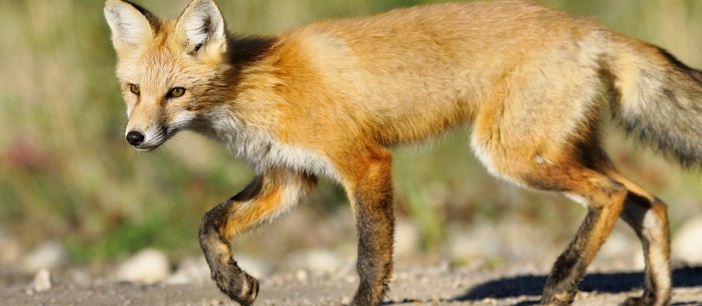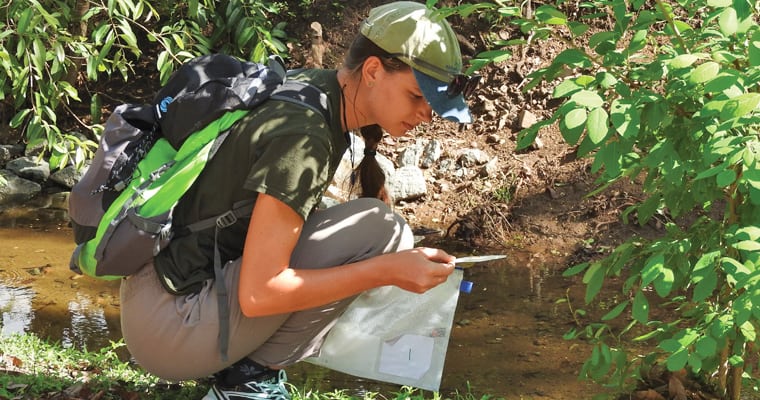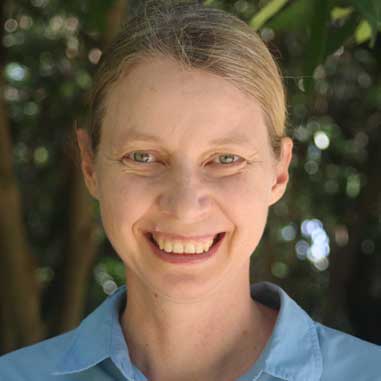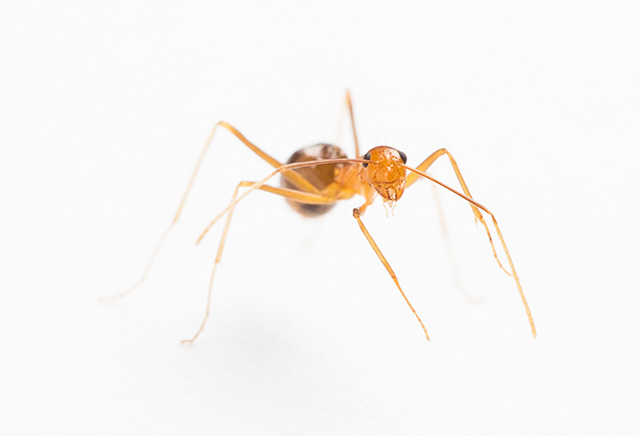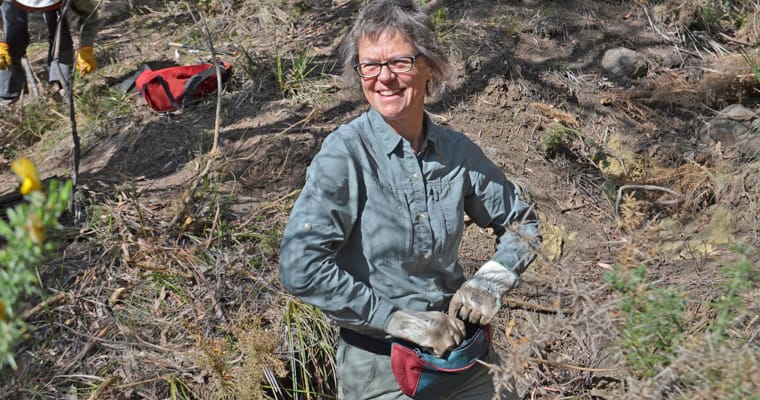Eradicating Red Imported Fire Ants: too devastating to fail
The fire ant was first recorded in Australia in 2001, just before ISC formed. Tim Low, author of Feral Future and joint founder of ISC, described the ant then as the ‘nastiest of eco-villains’. If unchecked, it could cover all of our tropical north and vast areas of coastal Australia.







